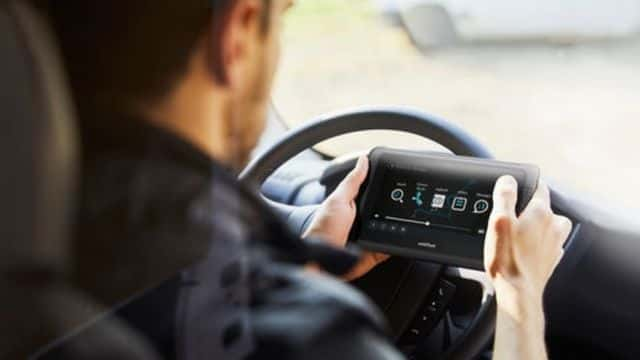Advocates and labour groups claim that the IRS’s unusual decision to raise the business mileage deduction rate in the middle of the year does little to relieve the inflationary pressure on drivers of ride-hailing services and cabs who are already struggling with high gas prices.
Only three mid-year rate increases have occurred since 2008, according to Karen O’Byrne, president and temporary CEO of Motus, the labour management firm that provides the data the IRS uses to determine its rate.
From July 1 through the end of the year, the agency raised the charge from 58.5 cents per mile to 62.5 cents. Only the lower rate may be applied to mileage incurred in the first half of the year.
According to a poll done by the New York Taxi Workers Alliance on about 500 drivers, “a large proportion of them” had to choose between paying for gas or buying groceries.
The city’s taxi drivers won’t gain from the rate rise, according to Desai, as the majority choose to report their expenses individually rather than calculating miles using the flat rate.
There might not be much of an impact on ride-hailing service drivers either. According to Nicole Moore, president of the California-based advocacy group Rideshare Drivers United, whereas contract workers in other professions are permitted to increase their rates, app-based drivers are not.
Due to their low income, the majority of Lyft and Uber drivers, according to her, don’t have to pay much in taxes at all.
According to Moore, “the expenses of being a ride-share driver are so large, and corporations don’t cover our costs,” so it doesn’t lessen our tax burden, which is already zero.
Using the deduction rate wouldn’t significantly affect drivers of ride-hailing services, according to Angela Alexander, a tax principal at Cleveland-based accounting firm Barnes Wendling CPAs.
But she said that since these drivers are footing their own bills, they ought to make every effort to claim as many deductions as they can.

Four cents is four cents, but you know, with the current cost of petrol, every little bit helps.
Efforts at Mitigation
To offset the consequences of increased petrol prices, ride-hailing businesses have started implementing client fees.
For all US rides outside of New York City and Nevada, Lyft has introduced a 55-cent fuel premium. For all US rides, except those in New York City, Uber has adopted a similar fuel cost that ranges from 45 to 55 cents.
According to Desai, the firms failed to include New York City since the city’s Taxi and Limousine Commission increased pay rates early this year.
The issue, according to her, is that the city’s rise was based on out-of-date statistics that did not account for inflation and was based on typical household expenses rather than spending information particular to driver contract workers.
To provide relief, the NYTWA, which also represents ride-hailing drivers, is attempting to impose a 75-cent fuel premium on both taxi and app-based drivers in the city. Through the end of 2022, there is a gas tax holiday in New York state.
The IRS rate rise would not assist the majority of drivers, but Desai said it is “substantial” and “something that we would hope indicates to local regulators that they should take action for professional drivers,” she said.
According to Lyft, its drivers made more than 25% more than their basic pay rate the year before, and they are also entitled to a variety of tax deductions that may be used to pay for things like cellular subscriptions, lease payments, and vehicle depreciation.
The company’s 5.3 per cent driver rate rise, which went into effect in March, according to Uber spokesperson Freddi Goldstein, “helps with increased fuel prices” and raises the minimum pay in New York City to $31.74.
Staying Ahead of Inflation
According to O’Byrne, even before significant inflation, the IRS rate barely changes to account for the “volatility” of fuel prices.
She claimed that Motus has a different approach called the Fixed and Variable Rate that takes into account several varying factors that affect the price of vehicles, including gas prices and regular maintenance associated with vehicle use.
Read more:-
- Tax Cheats Will Likely Be Given a Reprieve as the Irs Crypto Crackdown Is Delayed.
- Update on Snap Benefits for 2022: Can You Use Your Ebt Card to Make Online Payments?
- Update on Snap Benefits for 2022: Can You Use Your Ebt Card to Make Online Payments?
According to the labour management firm, Motus receives consultations from over 300,000 companies, including Briggs & Stratton, Yuengling, and Papa John’s. However, FAVR isn’t often used much in the market “since there is minimal market awareness of FAVR’s existence,” according to O’Byrne.
The IRS flat rate has fluctuated as low as 53.5 cents per mile since July 2011, when the most recent mid-year hike took effect. Inflation-adjusted, the 55.5 cent amount in effect in 2011 would be 71 cents.
About these inflationary pressures, “there’s not a clear end in sight,” O’Byrne remarked.


